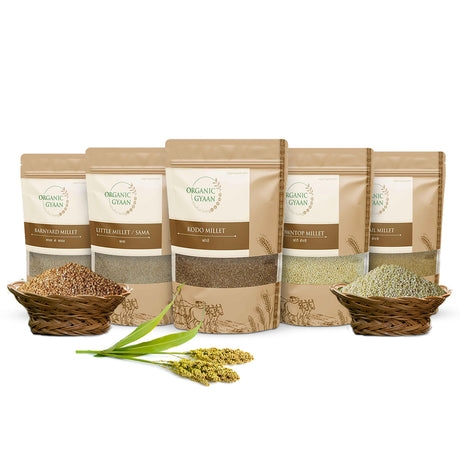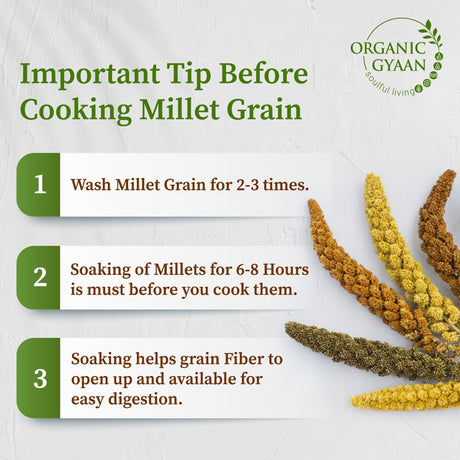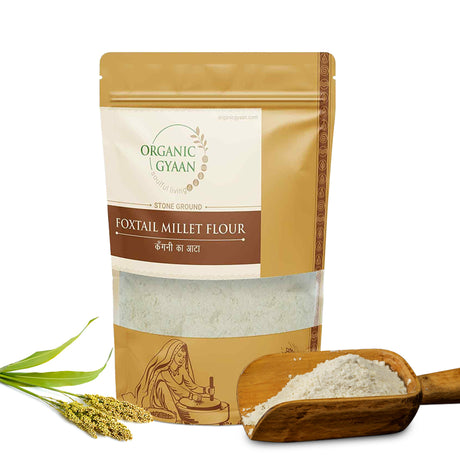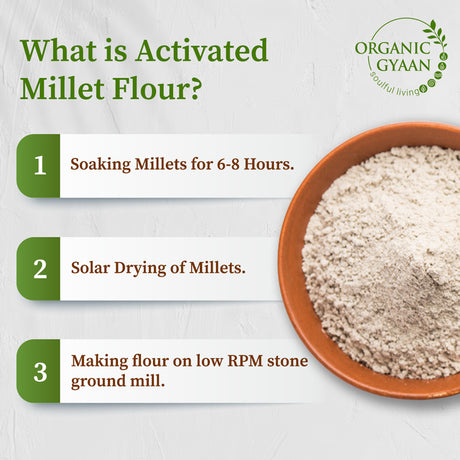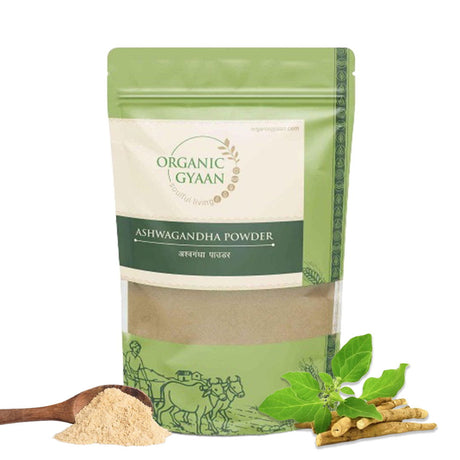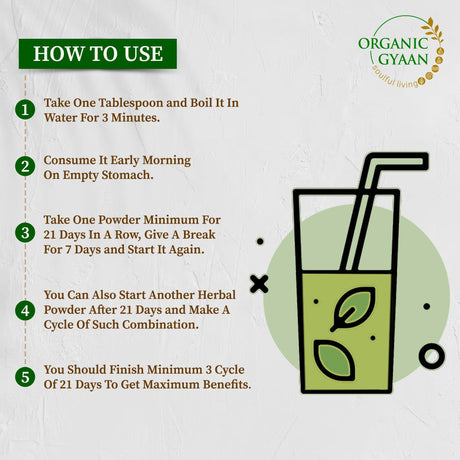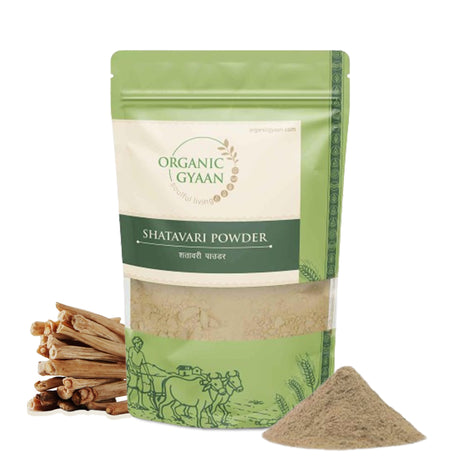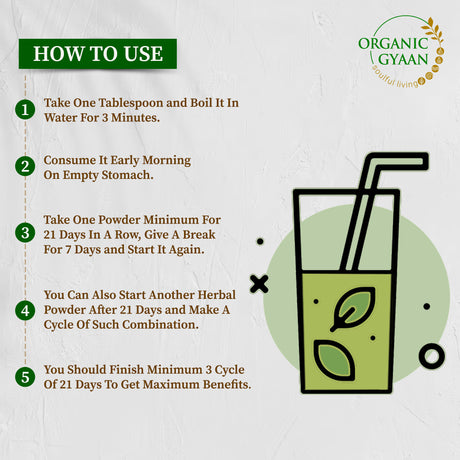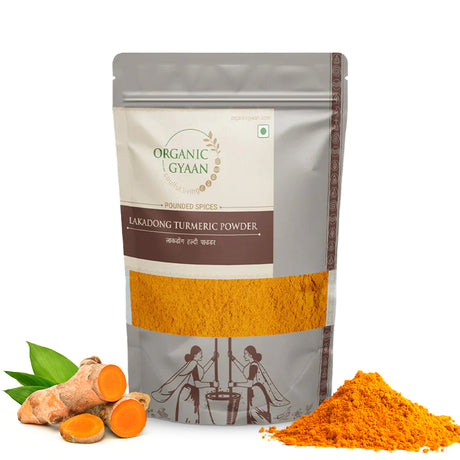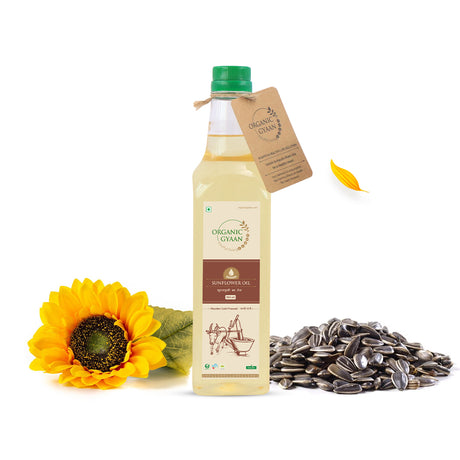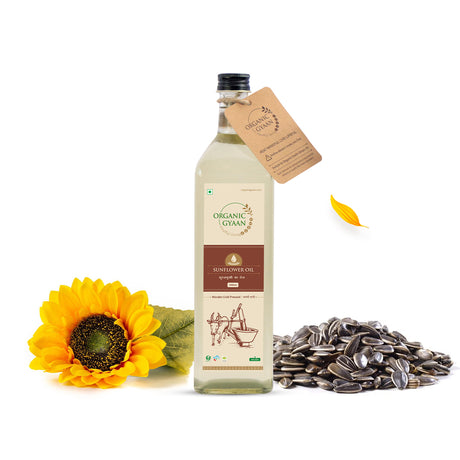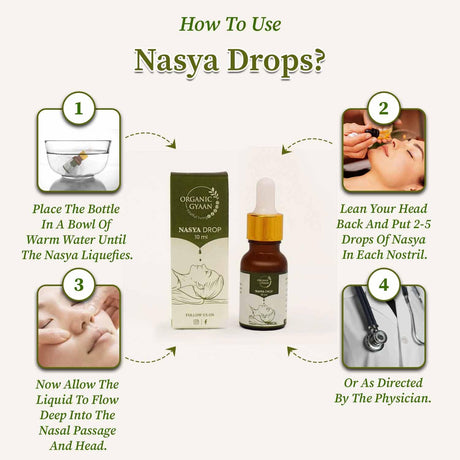If you have diabetes, one of the biggest questions you might have is: “Can I eat rice?” And more specifically – “Is brown rice better for me than white rice?”
Rice is a staple in many of our kitchens. But for those with diabetes, it can feel like rice is suddenly “off-limits.” That’s where brown rice comes into the conversation. People often say it’s healthier-but is that really true for people with diabetes?
In this blog, we’ll help you understand:
- What brown rice actually is
- Whether it’s a good choice for people with diabetes
- How to eat it safely
- Healthier combinations and alternatives
- Natural food supports that can help control blood sugar
Let’s make food choices that heal, not harm.
What Is Brown Rice?
Brown rice is just regular rice-but with a little more of its natural parts left on. It still has the outer layers (called bran and germ), which are removed in white rice. Because of this, brown rice has:
- More fiber
- More nutrients
- A bit of a nutty flavor and chewy texture
These things make it seem healthier-but for someone with diabetes, there’s more to consider.
Why Brown Rice Sounds Like a Good Idea for Diabetics
Here’s why brown rice is often recommended:
- It has a lower glycemic index (GI) than white rice, which means it raises blood sugar more slowly.
- It contains more fiber, which helps slow down digestion and sugar absorption.
- It’s richer in minerals like magnesium, which is important for managing insulin.
So yes, compared to white rice, brown rice is the better option-but portion and pairing matter a lot.
Is Brown Rice Really Safe for Diabetes?
The short answer is: Yes, brown rice can be safe for people with diabetes-if eaten correctly.
Let’s break this down.
Brown Rice Can Be Safe When:
- You eat a small portion (½ cup cooked is usually enough)
- You pair it with fiber-rich vegetables and proteins like pulses , legumes, or tofu
- You monitor your sugar levels after eating to see how your body responds
- You eat it as part of a balanced and regular meal plan
Brown Rice Can Be Problematic When:
- You eat too much of it (large bowls)
- You eat it with other high-carb or sugary foods
- You think it’s completely “safe” just because it’s brown
- You rely on it too often and don’t rotate your grains
So while brown rice is not off-limits, how you eat it makes all the difference.
Tips to Eat Brown Rice Safely with Diabetes
If you want to include brown rice in your meals, here are some practical tips:
1. Keep Portions Small
Start with ½ cup of cooked brown rice. It’s enough to enjoy without overloading your body with carbs.
2. Pair It with Fiber and Protein
Never eat rice alone. Combine it with:
- Cooked vegetables
- Legumes (dal, chana, rajma)
- A tablespoon of A2 ghee or cold-pressed oil for healthy fat
This helps slow down the release of sugar.
3. Cook It Right
Soak brown rice for a few hours before cooking. Use extra water and drain if needed. This makes it easier to digest.
4. Rotate Your Grains
Don’t eat brown rice every day. Mix it up with:
- Millets like foxtail, little millet, or barnyard millet
- Red or black rice (occasionally)
- Quinoa or barley
5. Monitor Your Blood Sugar
Check your sugar 2 hours after eating brown rice. If it stays in your healthy range, great! If not, try adjusting the portion or pairing.
Healthy Vegetarian Meals with Brown Rice
Here are a couple of meal ideas you can try:
Lunch:
- ½ cup brown rice
- Moong dal or chana dal
- Stir-fried bhindi or lauki
- Salad with cucumber and pomegranate
- 1 spoon of A2 cow ghee on top
Dinner:
- ½ cup brown rice
- Soup (like spinach or pumpkin)
- Mixed vegetables sautéed in cold-pressed coconut oil
- Herbal chutney (mint, coriander, curry leaves)
These meals are full of fiber, healthy fat, and slow carbs-great for blood sugar balance.
Final Thoughts
So, is brown rice good for diabetics? Yes-but with balance and awareness.
Think of it like this: brown rice is not a superfood, but it’s a better choice than white rice. When eaten in the right amount, paired with the right foods, and rotated with other grains, it can be part of a healthy diabetes diet.
Remember:
- Don’t go overboard.
- Watch how your body responds.
- Focus on overall meal quality-not just one ingredient.
With a little planning and mindful eating, you can enjoy your meals and take good care of your health at the same time.

